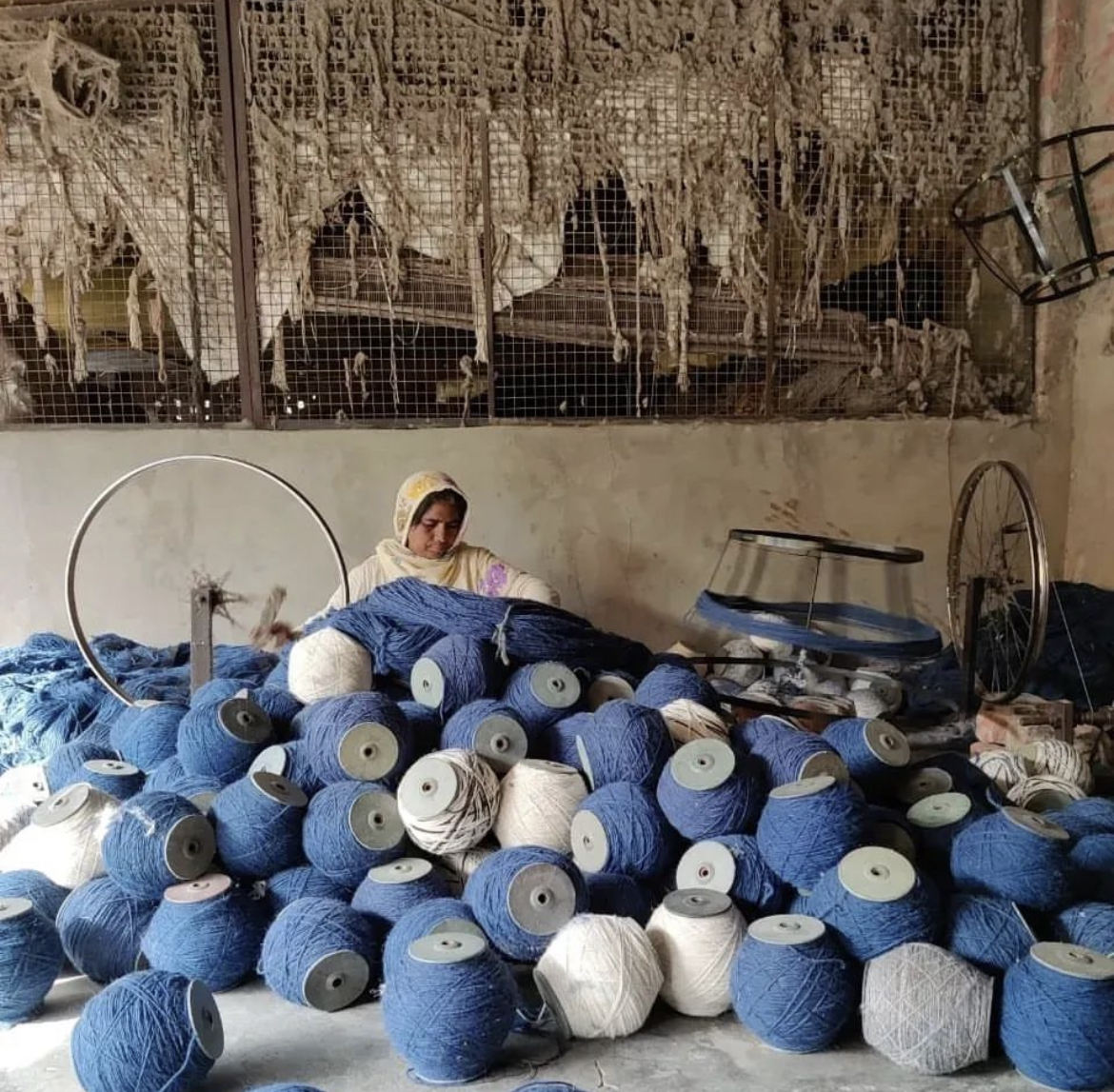
Soft Journeys, a survival story of wool.
My chosen medium is wool, selected for its many qualities. Beyond its innate warmth and comforting softness, it possesses sculptural qualities that resonate with my artistic vision. Wool, a natural and enduring fiber, aligns with sustainability as it is swiftly renewable, biodegradable, and recyclable. Its virtues extend to stain resistance, flame retardancy, hypoallergenic attributes, and ease of care. With inherent UV protection and antibacterial properties, wool stands as a testament to both practicality and natural beauty.
Yet, my personal favourite lies in its ability to reflect body heat, creating an embrace-like sensation when lying upon or leaning against the creations.
Hailing from Sweden, where the tradition of repurposing leftover textiles thrives. A long history of the art of transforming old clothing, linen, and rags into intricate rugs. These thick textures not only insulate against winter's chill but also imbue homes with a distinctive ambiance. The beauty in utilising waste to craft both aesthetically pleasing and functional pieces has been one of my main inspirations.
Venturing into the Netherlands, where I have my studio, I found remnants of a once-flourishing wool industry. My quest led me to the historical textile crafts hub spanning southern Nepal and northern India, where generations of carpet artisans practise ancient dying techniques. Here, each hand-knotted rug, crafted with months of dedication, results in surplus materials due to the unpredictable shades of color in each order.
Working with a family of weavers in India, who once a year go around the villages for me, to buy up all the leftover hues of wool. It is always a bit of a delightful surprise for me what will come, but I love the challenge to design from what I have.
.




I wind the dyed wool into yarn balls, and tuft and meticulously embroider it into lush landscapes for floors and walls.
But my own process also leaves quite some waste, while cutting and sculpting my rugs I accumulate little piles of cut offs. I have been collecting them and sorting them into colors. Determined to give them purpose, I have recently been developing new techniques. Some smaller projects like a collaboration with ceramic artist Natasja Allers, where leftover yarns fill the cavities in the structures with blossoms and softening the hard, shiny surfaces.
For smaller cut-offs, I turn them into felted wall panels, using the porous and barbed nature of wool fibers to create a new, natural texture. The threads, diverse in shades and sizes, evoke an impressionist's brush strokes, delivering a wild complexity.
Giving the forgotten wool a second and third life.


